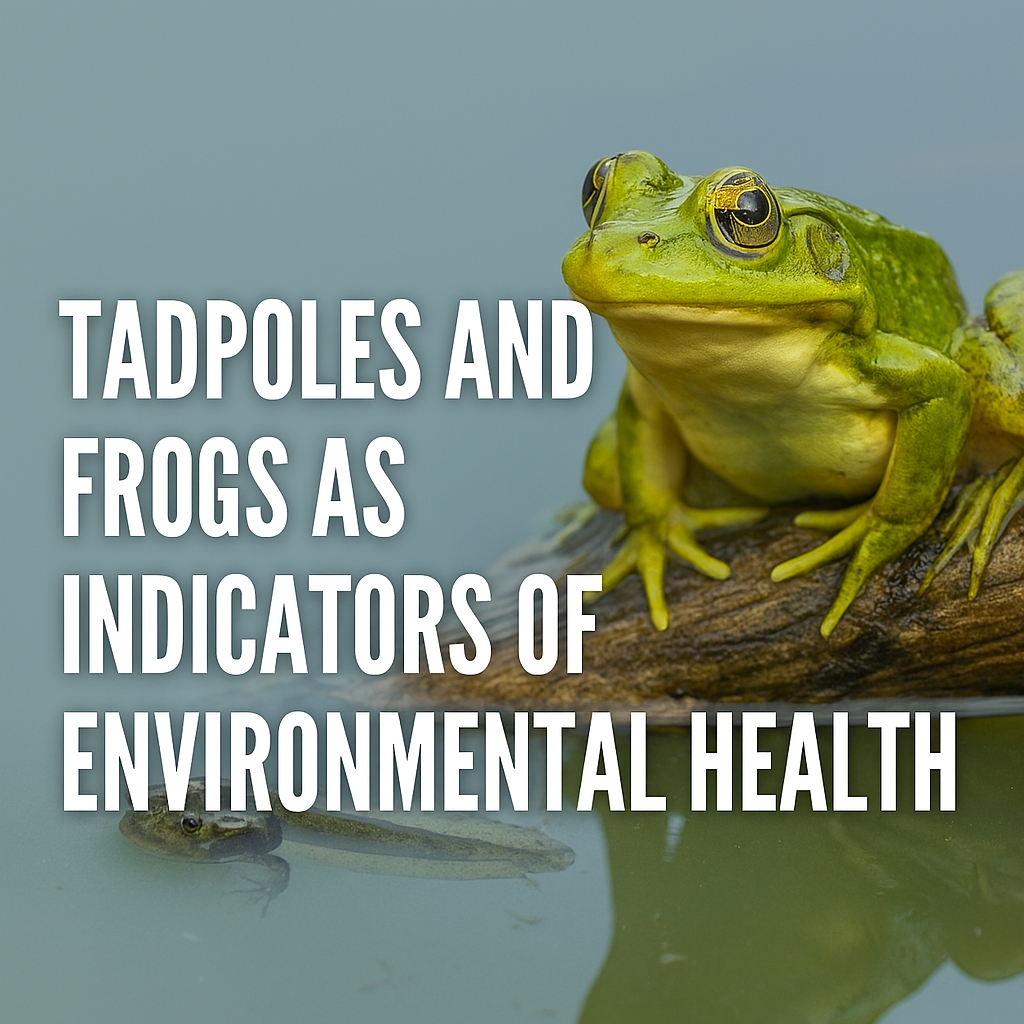Fast Fashion and the Environment
Fashion’s Double-Edged Sword
Fashion has always been a reflection of society, culture, and individual expression. However, the rise of fast fashion has brought about significant environmental concerns. While it has made trendy clothing more accessible and affordable, the environmental cost is immense.

The Birth of Fast Fashion
Rapid Production and Turnover
Fast fashion is characterized by rapid production and turnover of clothing collections. Brands churn out new styles at breakneck speed to meet the insatiable demand for the latest trends. This model relies on mass production, quick distribution, and short product lifespans, often leading to overconsumption and waste.
Economic Growth at an Environmental Cost
The fast fashion industry has driven economic growth and created millions of jobs worldwide. However, this growth comes at a steep environmental cost. The emphasis on speed and low cost often leads to unsustainable practices, including the overuse of resources and increased pollution.

Environmental Impact
Resource Depletion
Cotton farming, for example, consumes significant quantities of water and pesticides, contributing to water scarcity and soil degradation. Synthetic fabrics, like polyester, are derived from fossil fuels, adding to the depletion of non-renewable resources.
Water Pollution
Fast fashion’s reliance on chemical-intensive processes results in substantial water pollution. Textile dyeing and finishing are major contributors to water contamination, releasing toxic chemicals into rivers and oceans. These pollutants harm aquatic life and pose health risks to communities relying on contaminated water sources.
Carbon Footprint
From the energy-intensive production processes to the global transportation of garments, the industry contributes significantly to greenhouse gas emissions. The reliance on synthetic fabrics, which take hundreds of years to decompose, further exacerbates the carbon footprint.
Waste Generation
Short Product Lifespan
Fast fashion’s business model encourages a throwaway culture. Clothing is designed to be worn a few times before being discarded, leading to enormous amounts of textile waste. Many of these garments end up in landfills, where they release harmful chemicals and greenhouse gases as they decompose.
Limited Recycling and Upcycling
While there are efforts to recycle and upcycle textiles, the infrastructure is not yet sufficient to handle the volume of waste generated by the fast fashion industry. Many garments are made from blended fabrics that are difficult to recycle, and the low quality of fast fashion items often makes them unsuitable for upcycling.

Social and Cultural Impact
Consumer Behavior
Fast fashion has reshaped consumer behavior, promoting a culture of overconsumption. The constant influx of new trends encourages consumers to purchase more than they need, leading to unnecessary waste and environmental harm. Changing consumer habits is crucial to reducing the environmental impact of fast fashion.
Worker Exploitation
The environmental impact of fast fashion is closely linked to social issues, such as worker exploitation. Many garments are produced in developing countries with lax environmental regulations and poor labor conditions. Addressing these issues requires a holistic approach that considers both environmental and social factors.
Towards Sustainable Fashion
Eco-Friendly Practices
To mitigate the environmental impact of fast fashion, brands and consumers must adopt more sustainable practices. This includes using eco-friendly materials, reducing waste, and minimizing energy consumption. Supporting brands that prioritize sustainability can drive positive change in the industry.
Circular Economy
Embracing a circular economy model can help reduce the environmental footprint of fashion. This approach focuses on designing out waste, keeping products in use for as long as possible, and regenerating natural systems. By recycling and repurposing materials, the fashion industry can move towards a more sustainable future.

Consumer Responsibility
Mindful Consumption
By making mindful purchasing decisions, supporting sustainable brands, and reducing waste, individuals can contribute to positive change. Embracing a minimalist wardrobe and investing in high-quality, timeless pieces can reduce the demand for fast fashion.
Advocacy and Awareness
Raising awareness about the environmental impact of fast fashion is essential for driving change. Consumers can advocate for better practices by supporting initiatives that promote sustainability and holding brands accountable for their environmental impact. Collective action can lead to meaningful change in the industry.

Conclusion
The environmental impact of fast fashion is undeniable, but there is hope for a more sustainable future. By adopting eco-friendly practices, embracing a circular economy, and making mindful consumption choices, we can reduce the environmental footprint of the fashion industry. Together, we can create a world where fashion and sustainability coexist, ensuring a healthier planet for future generations.
Join the Discussion
Have you noticed any changes in your fashion choices? What steps have you taken to minimize your environmental footprint when it comes to clothing?













Naughty Misbehaving Strange Fun Psychology - Psychles
[…] is a multifaceted issue influenced by a combination of biological, psychological, social, and environmental factors. By understanding the underlying causes and mechanisms, we can develop more effective strategies to […]